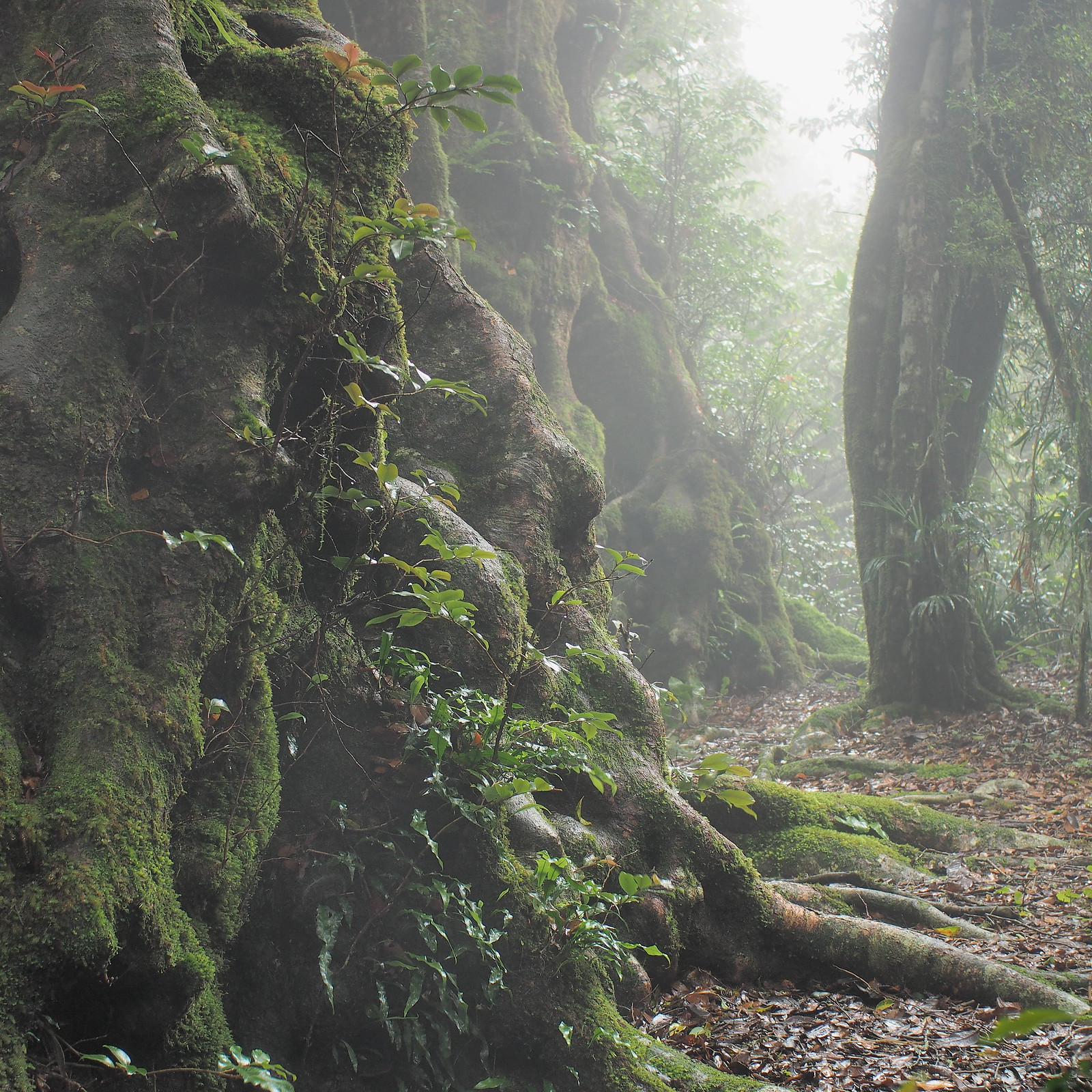I keep on going on walks and finding waterfalls and wanting to get those photos with the long exposure, but I'm just not able to get that shutter speed low enough for my liking, so I have finally come to the realization that it is time to add an ND filter or 2 to my kit.
But the question is, which one do I need? Going away on a camp in June where I will likely meet some waterfalls so want to be ready when they do show up, so have until June to get my head around this question.
I have a CPL so it is likely that I would want to stack the ND filter with the CPL. This will be on my 16-80mm lens, so vignetting might be an issue at the wide end with stacked filters, so probably don't want to have to stack too many ND filters.
Any waterfall I'm likely to meet on camp would be close to the middle of the day (walk in/walk out/waterfall in the middle of walk, not practical to time walks for early/late afternoon waterfall meet... )
Looking at my local camera store, I can see ND filters ranging from 2 stops all the way up to 10 stops, so not really sure which one would best suite my need.
(happy to support the sponsors of AP when I do get around to purchase...)
Regards,
John







 Thanks useful information:
Thanks useful information: 







 Reply With Quote
Reply With Quote Add To Bookmarks
Add To Bookmarks



























